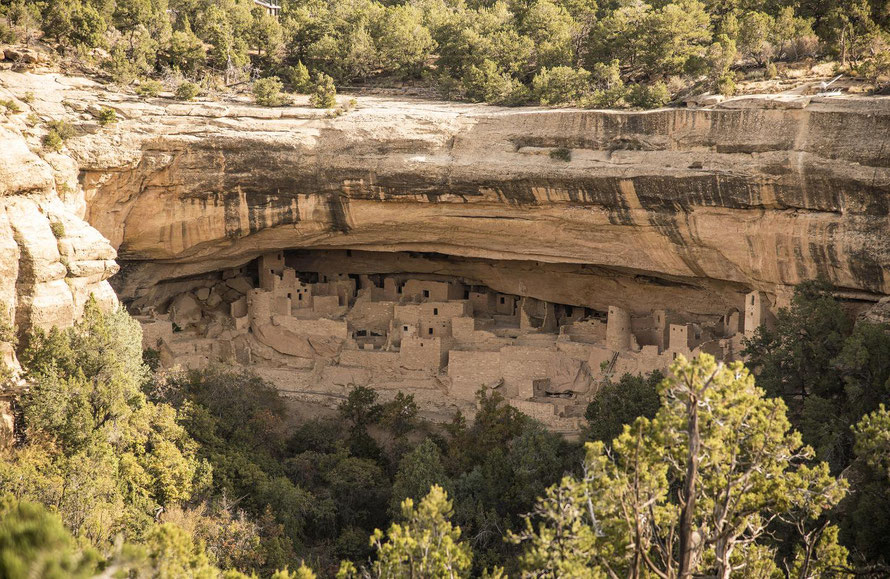
Mesa Verde, a World Heritage site located in Colorado and home to the iconic ancient cliff dwellings, is fraught with mystery, particularly when it comes to the fate of its people. Where did they go? Why did they leave and who did they become? A group of anthropologists has found answers in an unlikely place - ancient turkeys.
Researchers from the University of Oklahoma, Norman, Washington State University, Pullman, UC Davis, and the University of Colorado, Boulder have extracted ancient mitochondrial DNA (mtDNA) from domesticated turkey remains recovered from the Mesa Verde region and the Northern Rio Grande, a location archaeologists hypothesize people from Mesa Verde immigrated to.
According to the research team, recent work suggests that the Mesa Verde region reached the height of its population in the mid 1200s CE, was on the decline by 1260 CE, and was completely abandoned by 1280 CE. Archaeological, linguistic, and ethnographic accounts indicate at least a portion of the Mesa Verde population migrated to the Northern Rio Grande in New Mexico and became the Tewa people. But, differences in material culture between the two groups just prior to and after abandonment has led many to question the size and influence of Mesa Verde immigration in the Northern Rio Grande. Genetic testing could clear up the mystery but legal and ethical concerns prohibit sampling the relevant human remains.
Enter the team with the turkeys. Both Mesa Verde and Northern Rio Grande populations made use of domesticated turkeys. Researchers surmised they could compare ancient mtDNA samples of turkey remains recovered from the Mesa Verde region to those found in the Northern Rio Grande area and use the turkeys as a proxy for human migration.
After extracting 144 mtDNA sequences from 173 turkey samples, the team found that prior to the 1280 CE migration, Mesa Verde and Northern Rio Grande turkeys were from genetically different populations. After 1280 CE, however, the two turkey groups became indistinguishable.
In a statement, Scott Ortman, Assistant Professor at the University of Colorado Boulder and a member of the research team, said:
"What we found was good evidence of a substantial influx of turkeys into the Northern Rio Grande region that had the same genetic composition as turkeys from the Mesa Verde region.”
"This is a new line of evidence suggesting a strong connection between contemporary Tewa Pueblo people in New Mexico and the Pueblo people who lived in Mesa Verde country before its collapse."
In an interesting side note, the group also genetically tested dog remains recovered from burials in the Mesa Verde region and the Northern Rio Grande. As it turned out, all of the post 1280 CE “dog” burials were really coyote burials, so the genetic comparisons of dog lineages couldn’t be done.
The group published their work in PLOS ONE.



